By: Naazir Mahmood.
One of the reasons for Japan’s rapid progress in the 20th century was its education system. Today we discuss some of the salient features of Japanese education and how it has facilitated the creation of one of the most civilized nations on the globe. Here being ‘civilized’ does not mean their achievements in science and technology alone, it also means a nation of people who are caring, considerate, honest, and responsible citizens. This can be seen while travelling across Japan, and even while walking on the streets in cities from Tokyo to Nagasaki.
On a recent visit to Japan, this writer availed himself of the opportunity to review the elementary and secondary education system in Japan and also visited a couple of universities. Ms Yumioka Haruna from the Ministry of Education, Culture, Sports, Science, and Technology (MECSST – normally written as MEXT) was kind enough to give a detailed briefing about the Japanese education system. With her impeccable English proficiency, she explained the intricacies of their system and the challenges they have faced and overcome. She started with the constitutional provisions for education in her country.
Article 26 of the Japanese constitution says, “All people shall have the right to receive an equal education corresponding to their ability, as provided by law. The people shall be obligated to have all boys and girls under their protection receive ordinary education as provided by law. Such compulsory education shall be free.” Before moving forward, I would like to make two comments here: first, please have a look at the name of the ministry once again. It is one ministry that takes care of culture, education, science, sports, and technology.
If you compare this with the countries in South Asia, most have separate ministries for all of the above. In Pakistan, even almost a decade after the 18th Constitutional Amendment was passed in 2010, we have overlapping ministries at the federal and provincial levels. In Japan, MEXT combines all related departments such as culture, education, and sports together; and also puts science and technology (S&T) under the same umbrella. If one of the purposes of education is to nurture citizens who are cultured and civilized, you cannot separate culture from education. Being cultured means being caring, considerate, honest, and responsible.
The second comment is regarding Article 26 of the Japanese constitution and its provisions. Its stress on ‘equal education’ deserves attention as in Japan the state provides almost equal opportunities to all its citizens. As opposed to South Asian countries where the states have miserably failed to offer ‘equal education’, Japan has been successful in doing so, mainly thanks to its appropriate allocations to education. If we look at the Basic Act of Education of Japan, its Article 5 reads:
“The objective of general education, given in the form of compulsory education, shall be to cultivate the foundation for an independent life within society while developing the abilities of each individual, and to foster the basic qualities necessary for those who form our state and society.”
Please note that there is no mention of any national, patriotic, or religious responsibilities; neither is there any rhetoric about defending or preserving any ‘Japanese culture’ or any ‘Buddhist or Shinto’ heritage. Yes, there is emphasis on cultivating “the foundation of an independent life” and “developing the abilities of each individual”. This is the spirit and the approach for an effective education system. If you compare this with our myriad education policies, we find them full of platitudes about our nationalistic and patriotic pride, and cultural heritage and religious identity, and Pakistani faith, unity, and discipline.
Now some more specifics. The costs of municipal elementary, junior, and high schools are borne by the government. The national government is merely responsible for establishing a framework and setting of national standards. It also secures funding sources for preparation of education conditions. That means the national government provides guidance, advice and assistance without interfering into the curriculum and syllabus matters, as long as certain national standards are followed. There are two tiers or boards of education (BoE): prefectural and municipal. Prefectural is like the provincial board that establishes and operates high schools and special-needs schools.
Prefectural BoEs also hire teachers and make payments to elementary and junior high school teachers’ salaries. Municipal BoEs get advice, assistance and guidance from prefectural BoEs, but they establish and operate their own municipal schools. Interestingly, BoEs are established in all prefectures and municipalities as administrative committees, but they are totally independent of the prefectural or municipal head of government. BoEs decide the basic policy and important matters regarding the administration of education. Each BoE has five members: one full-time superintendent with a three-year term; and four part-time lay members who can be reappointed after four years.
The relevant local assemblies approve the appointment of the head of prefectural or municipal BoE. The BoE ensures political neutrality – meaning the contents of education must be neutral, fair and free from personal value judgments. The BoE also ensures sustainability and stability of compulsory education throughout the learning period. That means absenteeism and dropouts are controlled and minimized. There is a strong provision for pre-primary education (PPE) which starts at the age of three and ends at the age of six when children start elementary schools. For PPE there are integrated centres for early childhood education and care (ECEC) established and run by the kindergarten department.
The elementary department establishes and runs elementary schools that provide primary education for six years till the age of 12. The last phase of compulsory education is managed by the lower secondary department which runs lower secondary schools offering three years of schooling till the age of 15. MEXT, which is a large ministry, has multiple departments for each level of education. Again, if you compare it with public education in South Asia, here perhaps the most neglected area is PPE or kindergartens. Lack of facilities and resources, and absence of committed and qualified ECEC professionals render early childhood education meaningless in countries such as Pakistan.
After the age of 15, Japanese boys and girls can do part-time courses, join upper secondary schools, or get into specialized training colleges to do upper secondary courses run by the upper secondary department. They may also get admitted to colleges of technology run by the higher education department. At age 18, when they complete 12 years of education, they may get into junior colleges or specialized training colleges where they can enroll into one-year or two-year courses. They have an exit option after every year and may also continue for four years doing multiple courses if they want.
This model is quite contrary to the HEC model in Pakistan which has enforced a four-year bachelor’s programme without introducing exit options after two years. The provincial HECs in Pakistan should introduce two-year associate degrees in all disciplines and in all degree colleges or universities so that students who face family problems or financial issues may exit after two years and join the workforce. Here we have a lot to learn from the Japanese model of higher education which offers six years of higher education till the age of 24 but also has multiple exit options on the way, without forcing students to quit midway without a degree or certificate.
But perhaps the best aspect of Japanese education system is its stress on the three components of education – intellectual, moral and physical. That’s how they take a holistic approach, and teachers in Japan are trained not only to teach but also to engage in extracurricular activities to develop competencies and provide guidance. Lastly, meal provision in schools makes a lot of difference, where children themselves serve food provided by the school and are encouraged to clean up after themselves.
Source of the article: https://www.thenews.com.pk/print/514098-learning-education-from-japan
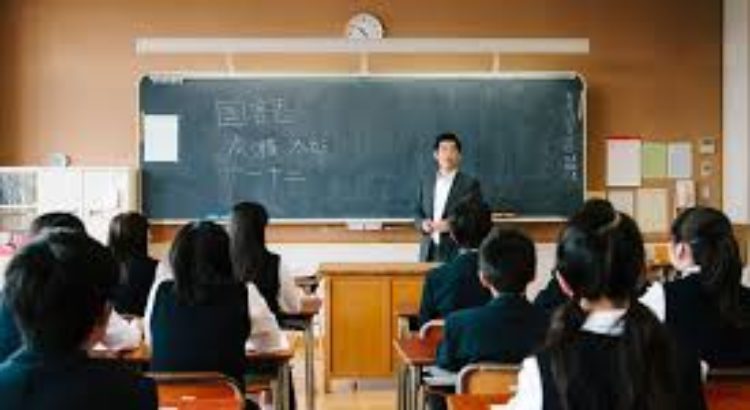
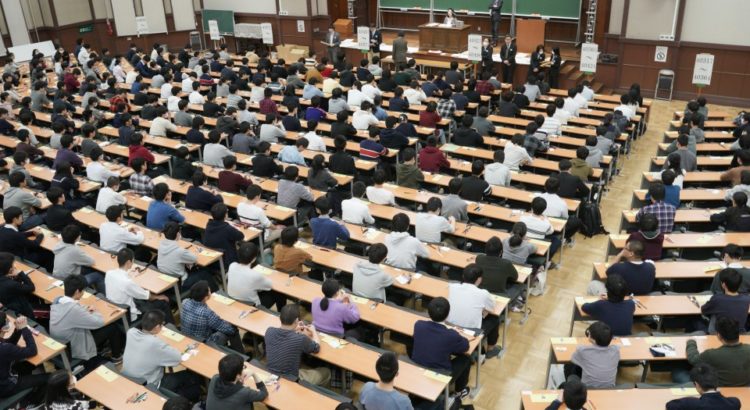
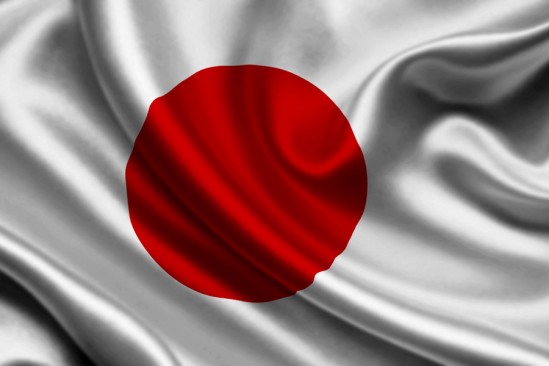
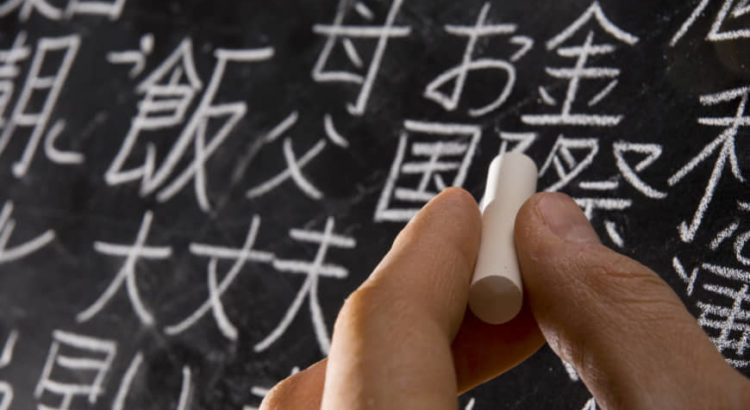
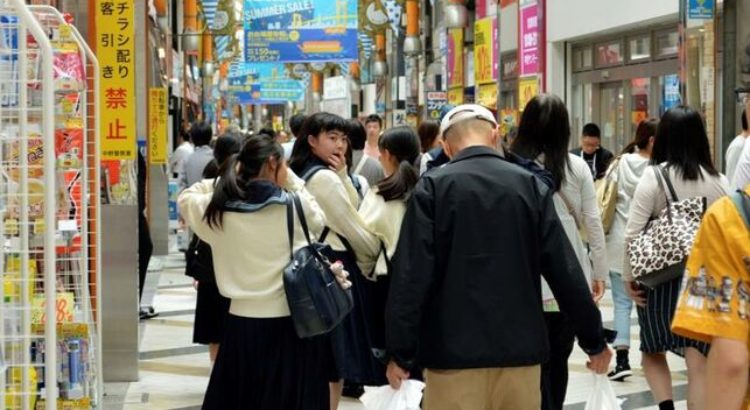







 Users Today : 67
Users Today : 67 Total Users : 35416169
Total Users : 35416169 Views Today : 77
Views Today : 77 Total views : 3349469
Total views : 3349469